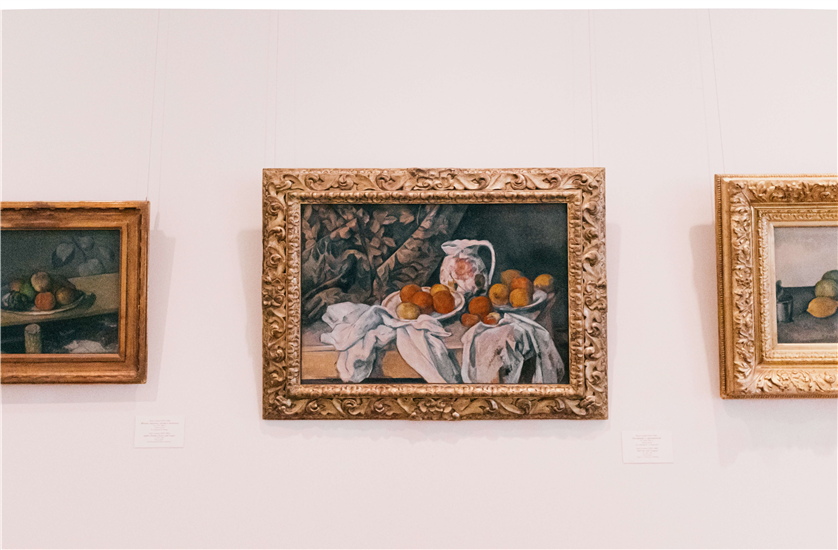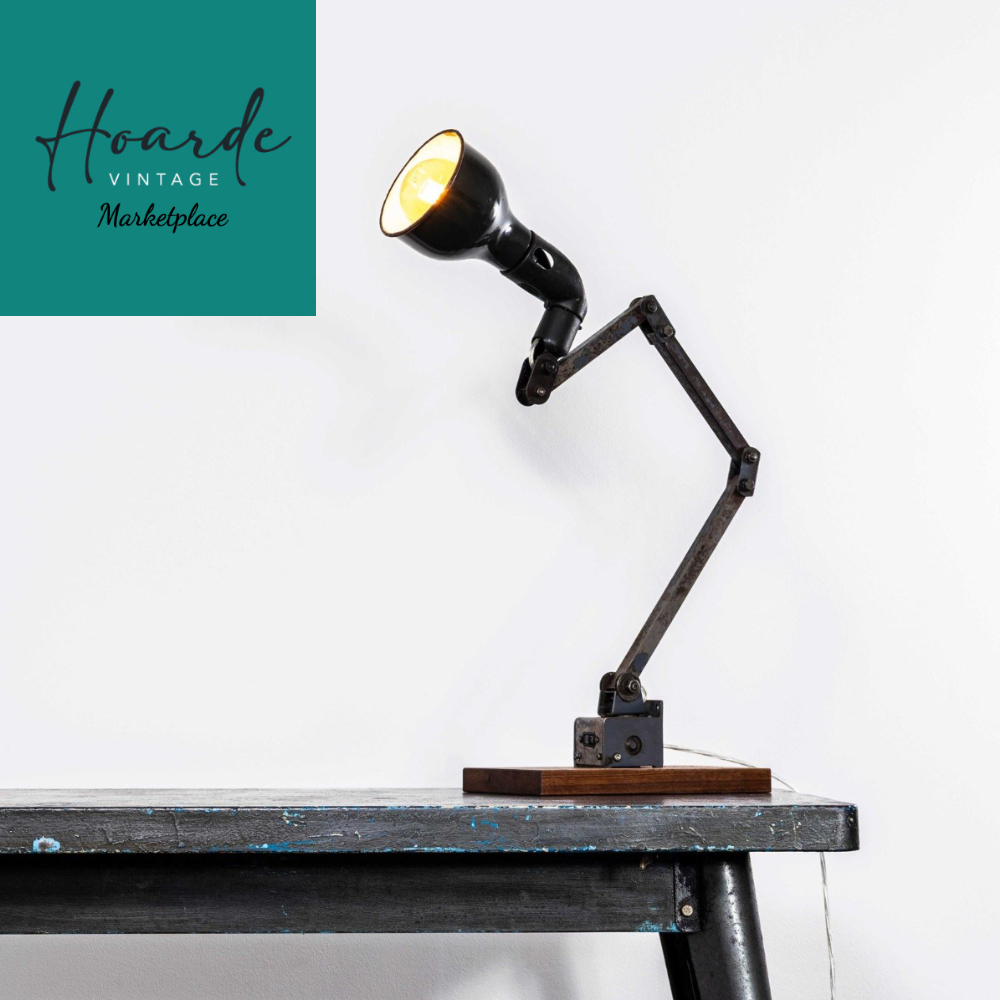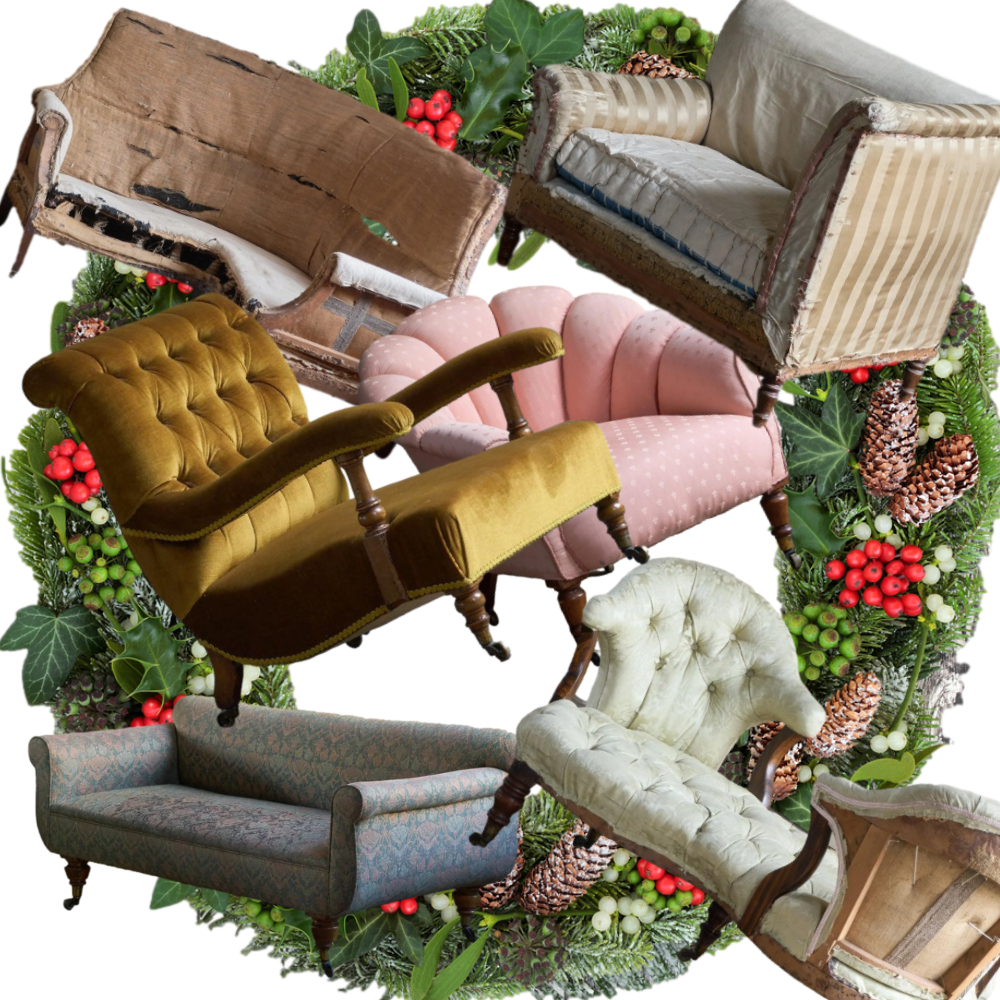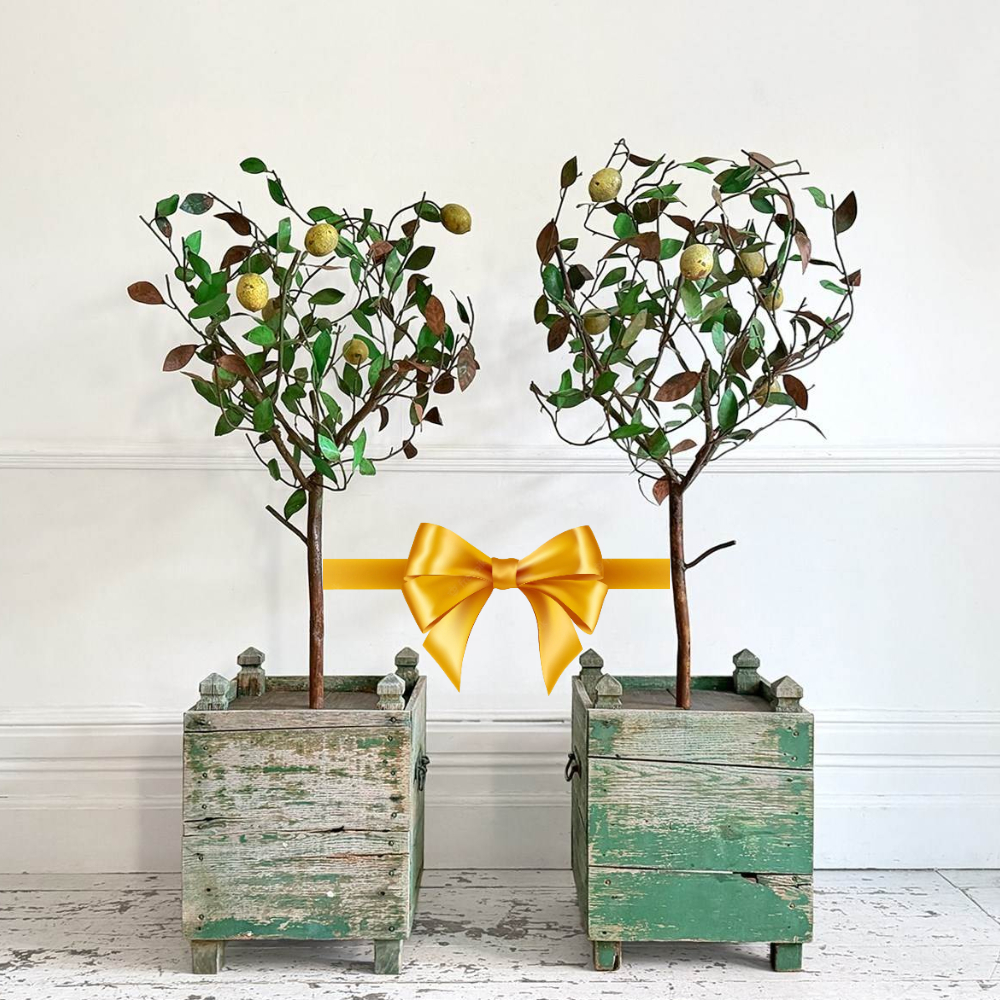
Looking after antique paintings and prints properly is vital if you want them to continue looking their best for years to come. Whether you’ve just purchased a picture at auction, are building a collection or may be looking to sell your paintings in the future, you need to ensure they are kept correctly.
When looking after antique paintings, where and how they are stored or displayed will play a large part in their condition. Even something as simple as the frame you choose to put it in can have a huge impact on its condition, as well as its value.
With this in mind, here are some simple tips to ensuring your vintage paintings and prints continue to look great for years to come.
Choose The Right Frame
The correct frame can have a big impact on the condition of your picture, so you need to understand what different types of print and paintings need. It is a good idea to go to an expert to ensure that the frame protects your picture and doesn’t risk damaging it.
Oil Paintings
Oil paintings should be displayed in a deep frame that can accommodate the painting on its stretcher. You should also protect the edges of the painting by lining the frame with foam rubber strips or velvet. If you choose a frame that is too deep, you can pad it out with cork strips.
Typically, you don’t need to glaze oil paintings as they are usually coated in varnish, which protects the painting.
Art On Paper
It’s important that any artwork on paper - whether it’s paintings or prints, be mounted on an acid-free board to avoid deterioration. You should also use a mount, as this will separate the glass of the frame from the artwork. Not only does this help to avoid rubbing, sticking and mould.
The frame itself should be strong and deep enough to house the backing board, artwork, mount and glass (as painting or prints on paper don’t have a protective varnish layer). While you can opt for perspex instead of glass, it is worth noting that it can scratch easier and tends to collect dust more than glass.
Hanging your picture
If you are hanging your antique artwork, you need to ensure the place you put it and the way it is hung will help preserve it.
You should hang pictures where there is no damp and no direct sunlight. It’s also important to avoid hanging them above a fireplace or radiator as the heat can dry them out.
Rather than hanging the painting flat against the wall, you should allow it to lean away from the wall at the top. This will help air to circulate around the frame to help avoid mould.
If your frame and picture are quite heavy, extra support is always a good idea. This reduces the risk of your picture falling, which can damage it. It can be a good idea to use a pair of hooks on either side of the frame to use with picture wire so if one hook gives way, the picture is still supported.
Storing antique paintings
If you are storing antique paintings or prints, it is a good idea to do so in their frames. Find a cool, dark, dry and clean place for them. Remove picture hooks or anything that could cause damage if the frames were to fall.
Ideally, pictures should be stored off the floor, so standing them on wooden blocks is a good idea. Stand them up with the heaviest painting at the back and the lightest at the front, with an acid-free board between each frame.
You should cover all of your stored pictures in a clean cotton sheet to keep dust off of them. Do not store underneath plastic sheeting, as this can encourage mould.
If you need to store paintings and pictures that are not framed, you should protect them with acid-free paper and store them in a box or folder. The box should also be acid-free and acid-free tissue paper should be used between each picture.
Avoid storing antique prints and paintings in plastic folders as this can promote mould growth but also cause discolouration.
Cleaning your antique paintings
When it comes to cleaning antique paintings, the most you should do is gently dust the surface with a soft brush. If a painting needs full cleaning or any restoration, this should only be handled by a professional.
Incorrect cleaning can cause serious damage to antique artworks, which can affect their integrity and value. Similarly, restoration carried out by non-professionals can seriously devalue artwork and is incredibly difficult to correct.
If in doubt, getting a professional to check over your antique prints and paintings will help ensure they are fully looked after and stay looking beautiful for years to come.






